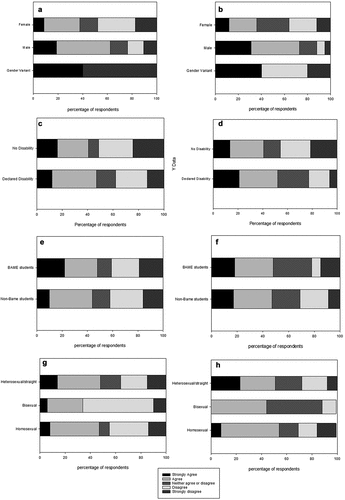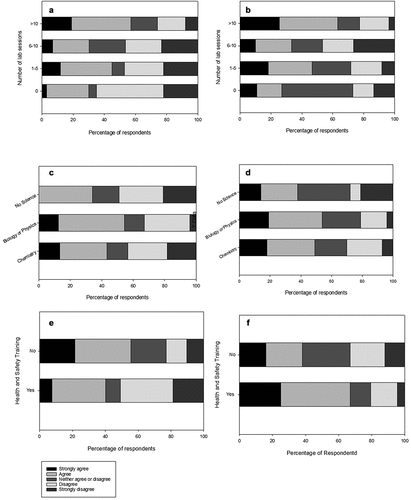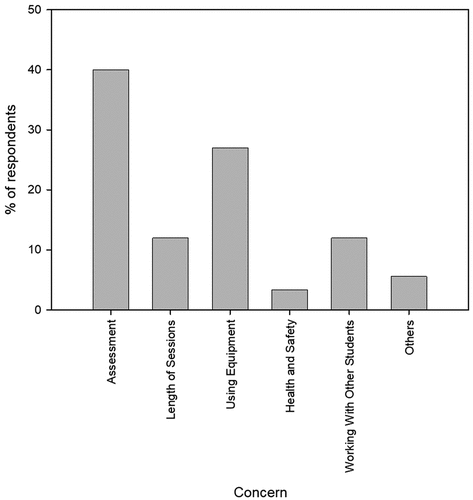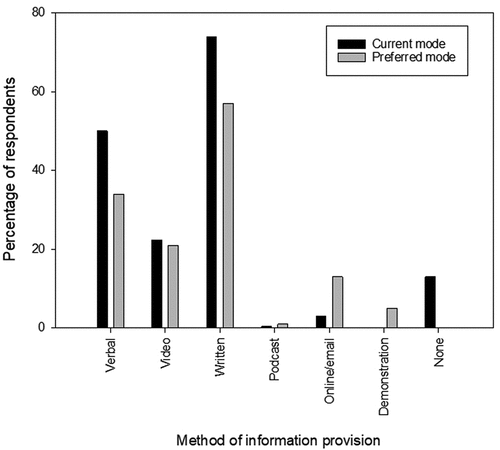Figures & data
Table 1. Student survey protocol.
Table 2. Questionnaire Participant Summary Demographic Data, count of respondents, figures in parentheses %, n = 232.
Figure 1. Importance of demographic group in determining confidence and sense of belonging in the laboratory measured on the Likert Scale. (A) gender and confidence, (B) gender and belonging, (C) disability and confidence, (D) disability and belonging, (E) Ethnicity and confidence, (F) Ethnicity and belonging, (G) sexuality and confidence and (H) sexuality and belonging.

Figure 2. Importance of background in determining confidence and sense of belonging in the laboratory measured on the Likert Scale. (A) number of lab sessions prior to university and confidence, (B) number of lab sessions prior to university and belonging, (C) A level subject studied and confidence, (D) A level subject studied and belonging, (E) Health and Safety training and confidence and (F) Health and Safety training and belonging.



